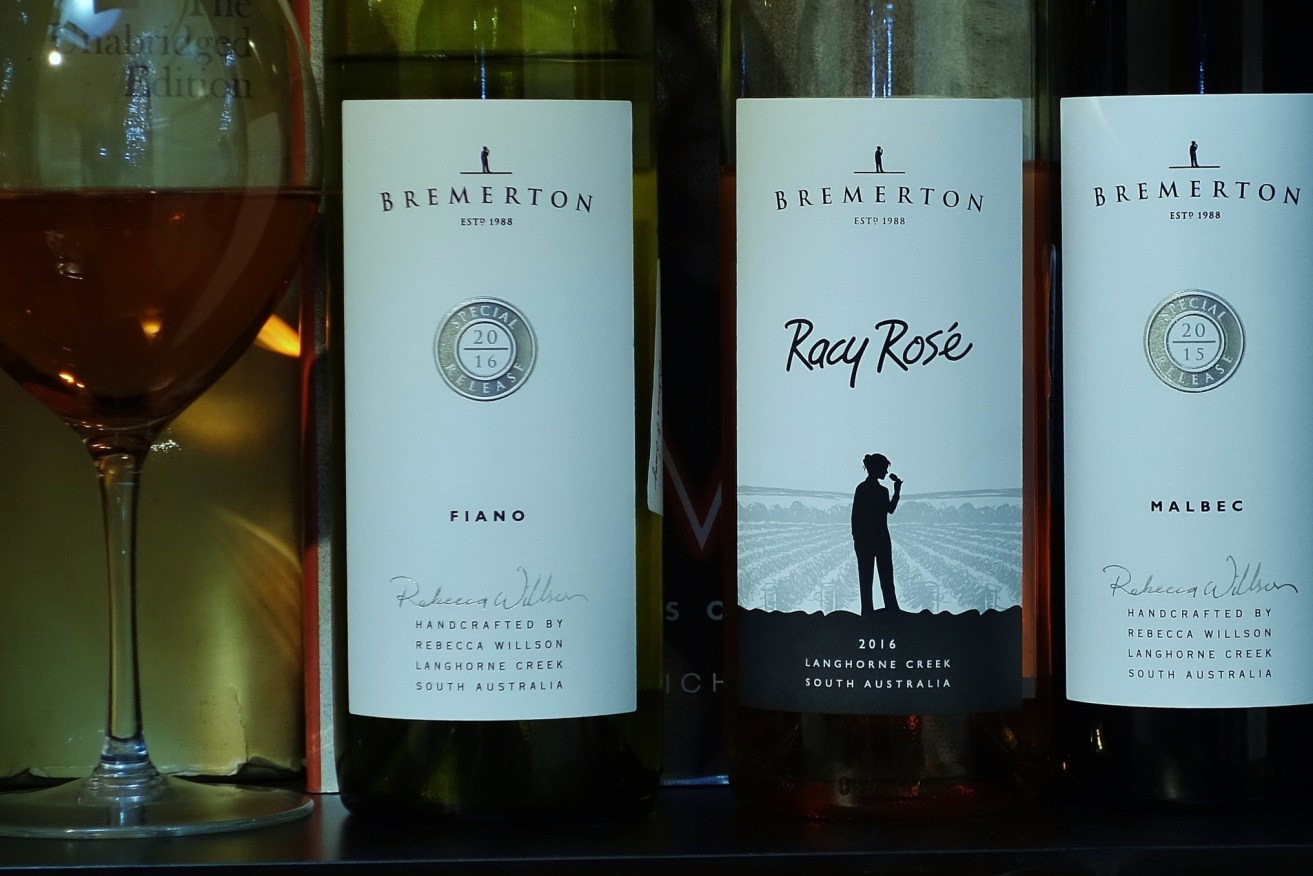Bremerton’s bistro busters
Whitey tries a Bremerton trio to contemplate whether estuarine Langhorne Creek is our Bordeaux, or simply the end of the Murray-Darling.


Bremerton Langhorne Creek Fiano 2016
$24; 13% alcohol; screw cap
Fiano seems to be finding its feet in the rich estuarine sediments of Langhorne Creek – geographically as close as Australia gets to Bordeaux, where the Garonne River hits the Atlantic. This ancient Italian white has small berries and yields low with the ancient farming practices of Campania and Sicily. While many Brit critics praise its honey tones and tendency to develop spice, I also see Fianos that are a touch less complex than the fields of florals usually found in honey. Instead, some are more golden syrup simple and with age develop the comfy allure of dumplings more than anything I’d call spice. Yields in the modern industrial viticulture of Langhorne Creek look quite a bit higher than you’d find in Italy. This one, made by the generally conservative crew at Bremerton, is a little more along the lines of a mild ginger and lime marmalade to sniff. It even seems to come on its own buttered toast: a pleasant, if unusual allure. It also reminds me of some of the Marsanne made in the Goulburn Valley: the variety’s tendency to oxidation can see it develop well beyond the savoury greens of ginger and exude the pale autumnal decay of bitter melon and petiols, the stalks of the vine leaf. Mechanical harvesters will put a stack of petiols in the fermenter, too, just by the way. So overall the effect is more vegetal than actually fruity: its form has me thinking of a big bowl of steaming Alsace choucroute: hot pickled cabbage served with smoked wursts and stacks of mustard and black pepper. As for a future rock star variety? In this form, I’d regard it more as a rival to Marsanne.
Bremerton Langhorne Creek Racy Rosé 2016
($17; 12.5% alcohol; screw cap)
The change of colour here doesn’t seem to bring much of a change in bouquet: the aromatics seem more vegetal than fruity, with those same rustic hints of autumn. It’s the texture where everything changes: this is unctuous and syrupy at window-sill temperature, so is built to handle being served much colder than that. This’ll outstare the Killer Fridge that lurks out the back of most restaurants. The flavours offer more of your actual fruit: strawberry pith primarily. While most rosé at prices like this – you’ll find it cheaper than $17 – are quite sickly sweet, this one’s fairly dry, and finishes a bit sawn-off, like many of the country rosés of Provence. But Provence is a long way off: it’s almost as distant as Bordeaux. It’s wines like this that remind me that Langhorne Creek is part of the Murray Valley. I have always thought it could be much more along the lines of Bordeaux, being estuarine and all, on a big cool ocean. But you know …
Bremerton Langhorne Creek Malbec 2015
($24; 14.5% alcohol; screw cap)
Malbec is from Bordeaux. This one has been matured in bargain Hungarian oak. It’s a bistro buster: one for that beer garden table. Black tea, dark chocolate, prune, Ribena, beetroot: all the raw darkness of Malbec is laid bare here. The texture is on the unctuous side of slender; the flavours intense but simple. This is not to be mistaken for the gunmetal-sinister Malbec of Great Southern in Western Australia, nor the similarly tight majesty of Wendouree, but is best expected to do little more than keep the conversation raging through another mixed grill. Which it will quite reliably do. Shop around for discounts: if it’s really this variety you want, you can duck in to Vintage Cellars and pick up an Argentinian one for a fiver short of this price. Take one of each to T-Chow and buy them a duck.




